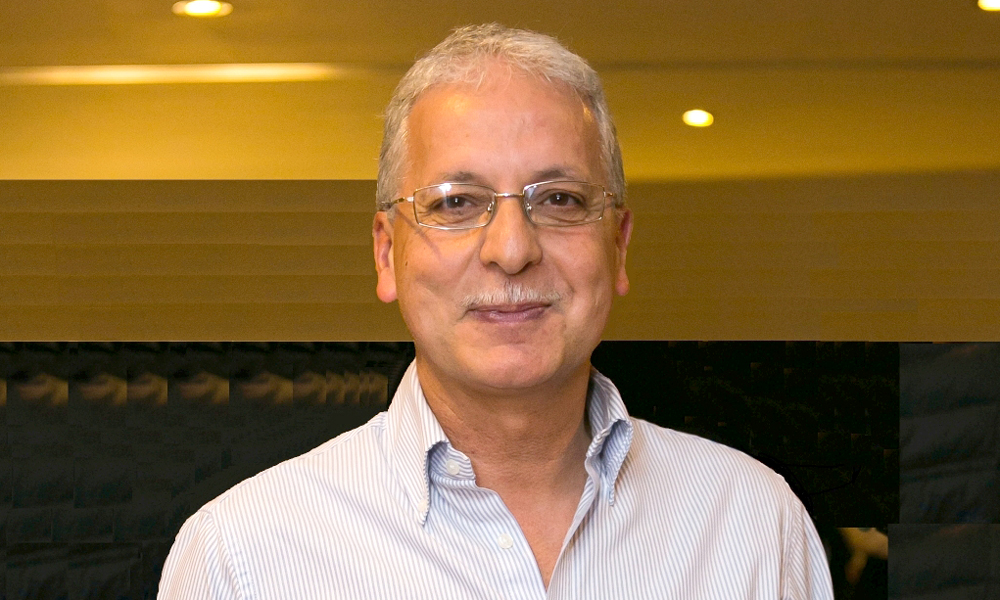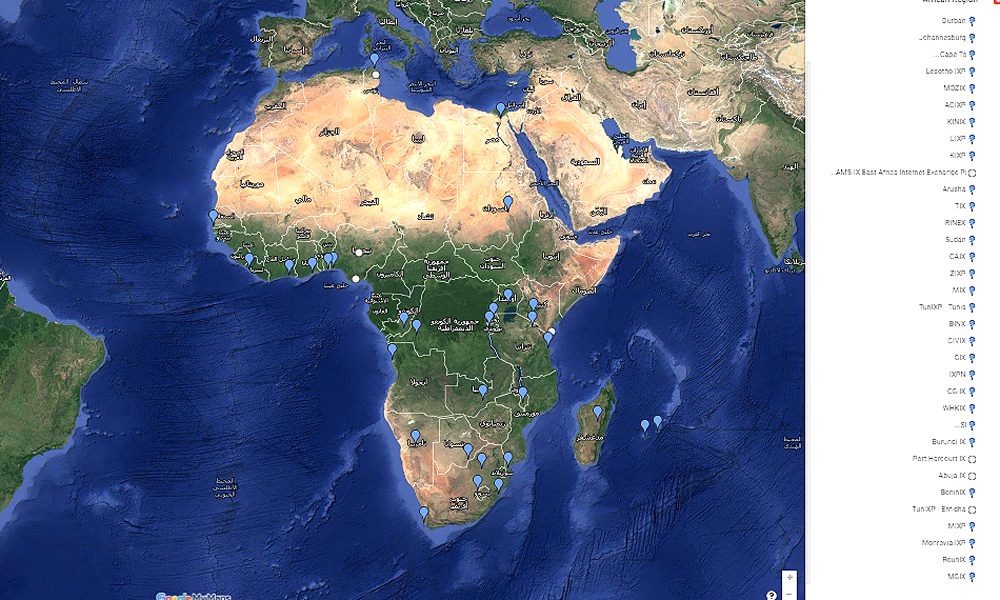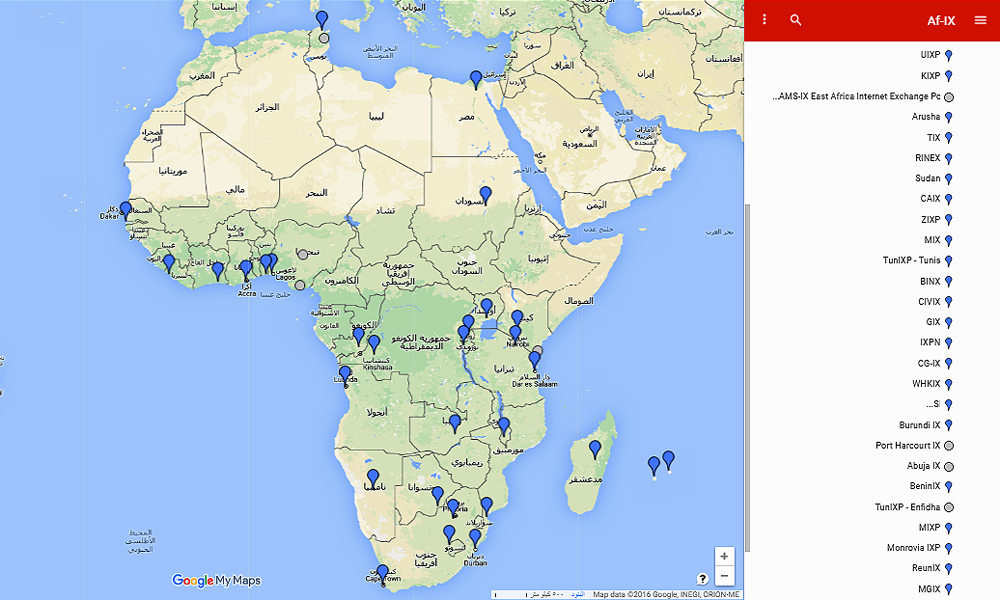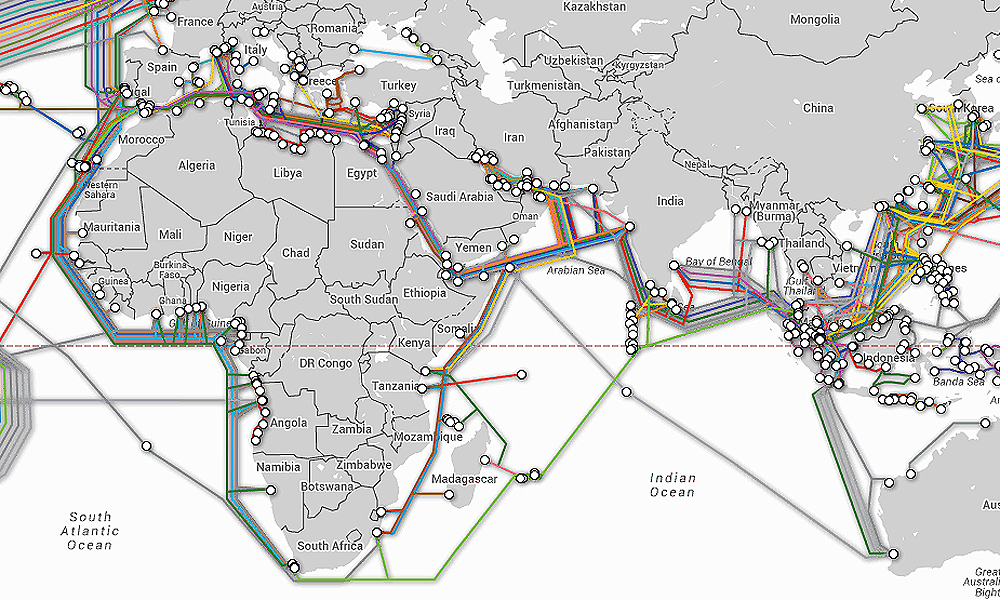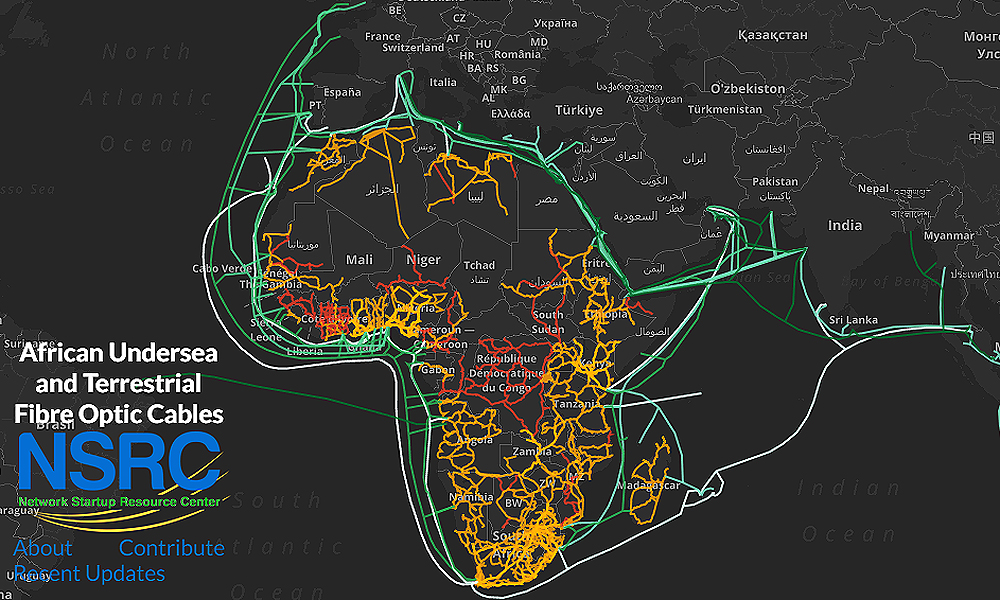Africa is a diverse continent not only in its physical landscape, but also its political, economic, social, technological and environmental outlook, with each country and region having its own set of unique challenges and advantages. Neighbouring African countries can be at completely different stages of their technological adoption, economic growth or political stability. It has become imperative for technology providers of all backgrounds to adapt their approach and overall strategy in Africa on a country-by-country basis, bearing in mind that the continent comprises of 54 countries and covers more than 11.7 million square miles.
Across the globe, access to technology and the internet is no longer a luxury only attainable by developed countries. The most recent figures from the International Telecommunications Union, the governing body for LTE and 4G standards, showed that global internet access and usage has increased significantly by up to 43% between 2000 and 2015, with Africa alone seeing a 28% increase in internet access. Mobile subscriptions have also risen globally by 90% thanks to better network coverage and affordability.
Within Africa itself, the changes that have occurred in recent years with the introduction of 3G technology – now being followed by mobile broadband based on LTE – have been monumental. The heightened consumer adoption of mobile devices is due to the lack of adequate fixed infrastructures in the region. This has leveraged broadband wireless technology providers to play a bigger role by relieving the pressure for backhauling data traffic from the mobile operators’ base stations to the rest of their network.
In recent years Africa has seen the collective efforts of dedicated technology companies, businesses, policy makers and civil societies succeed in harnessing improved outcomes and laying the foundations for social, economic and industrial benefits that the internet can bring to the region. The year 2015 alone witnessed several significant milestones for internet governance and development across the continent. It marked the end of the Millennium Development Goals, which have now been replaced by Sustainable Development Goals – to help bridge the digital divide across Africa.
As a country, Africa’s significant growth spurt in the mobile communications market and internet penetration has largely been attributed to the governments’ efforts to work in partnership with service providers and stakeholders to improve the lives of their citizens, and champion the adoption of modern communication infrastructures across the region.
However, there are still many barriers in the uptake of new technologies across the region that need to be overcome for wireless solutions to be truly adopted. Airwaves are a scarce resource and they have to be managed properly in order to protect frequency licence owners and ensure the minimum level of disruption to their businesses. Adequate funding for entrepreneurs and well-established wireless operators is also lacking in Africa – and this is key to speeding up the adoption of advanced wireless technologies.
Despite all these challenges, a number of success stories within the region have started to shape the wireless market within Africa.
Internet Service Provider based in Algeria
This ISP offers connectivity to enterprises such as energy companies, manufacturers, telecoms operators and even education establishments seeking to expand in the region. A major issue that the company faced was the limiting broadband speed of only 52 MBPS, a result of its legacy base station capabilities and the relentless inhospitable terrain of the desert. This meant that they could only cater for a handful of customers and those they did connect up to their network could only experience limited broadband speeds.
By bringing in more advanced solutions that were reliable and stable enough even in harsh terrains and climates, and that can extend a wireless signal for more than 100km without the worry of signal degradation, broadband speeds were quadrupled to around 240MBPS. This stable broadband solution allowed the ISP to focus on their core business and activities knowing their services would be delivered via a reliable infrastructure. The biggest impact was made in the banking sector, where branches connected to the IPS’s network were able to process financial transactions of all types in record times and without the downtime experienced in the past with their previous connections.
Greater Cairo Metropolitan area
This is the hub of a vast majority of business and commercial activity within Egypt, but with that activity also came the rise of traffic congestion and population density. Taking advantage of a government incentive to reduce pollution and improve congestion, and working closely with various system integrators in the country, a modern infrastructure dubbed Intelligent Traffic System was implemented for Cairo and its people. This state of the art system was then deployed throughout the entire city in an effort to ease congestion, improve air quality and decrease travel time with an emphasis of increasing productivity through dynamic road traffic monitoring and management. The positive impact of this infrastructure resulted in shorter traffic times and increased productivity for commuters and their respective businesses.
Homeland security
Throughout Africa there is an increasing demand for homeland security due to various political unrests, acts of terror and mass migration of communities across borders where job markets in neighbouring countries are seemingly more stable and lucrative. To address such a need for security, solutions need to carry more data within the same spectrum, and provide high definition video streams to allow analytics to be undertaken by the local and regional law enforcement agencies in a dynamic manner.
The main factors that drive the adoption of wireless technologies almost everywhere in the world is the increasing demand for smart phones and associated data traffic, as well as the desire for people and enterprises from all market sectors to stay continuously connected. Africa is no different.
Vertical markets
There are a number of vertical markets which have recently seen increased activity and will accelerate in their adoption within Africa. These are the government sectors, service providers such as fixed and mobile operators, energy, transportation and the enterprise market in more general terms. In Africa, the government sector in particular has experienced tremendous growth with projects related to border control and homeland security, and we expect this growth to continue growing for the foreseeable future.
Service providers are trying to replace legacy WiMAX deployments with reliable internet platforms, as well the requirement for high capacity backhaul solutions. The accelerating migration towards 4G/LTE mobile broadband networks is where most telecom investment in Africa will be made.
As Africa continues to take the necessary steps to building and strengthening its economy via the adoption of modern wireless technology, all the major stakeholders and businesses will continue to play a crucial role in the route Africa is taking to improving its overall economy. The use of mobile devices has increased significantly in the past few years and it is estimated that by the year 2020, there will be more than half a billion new mobile subscribers.
Combined with the ever increasing demand for better services, products and way of life, Africa’s shift to higher quality internet access will undoubtedly become a game changing aspect.

